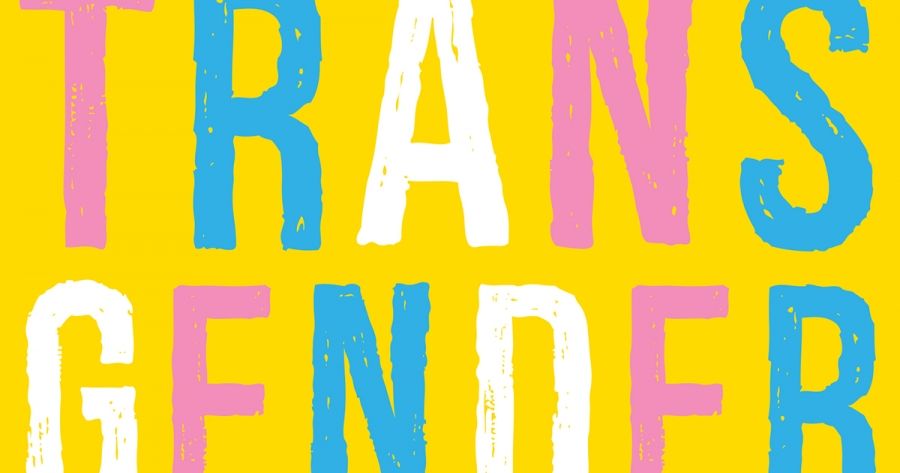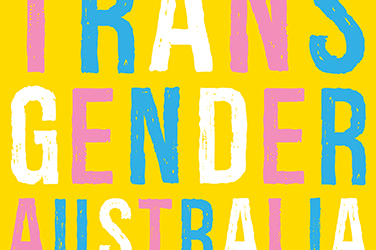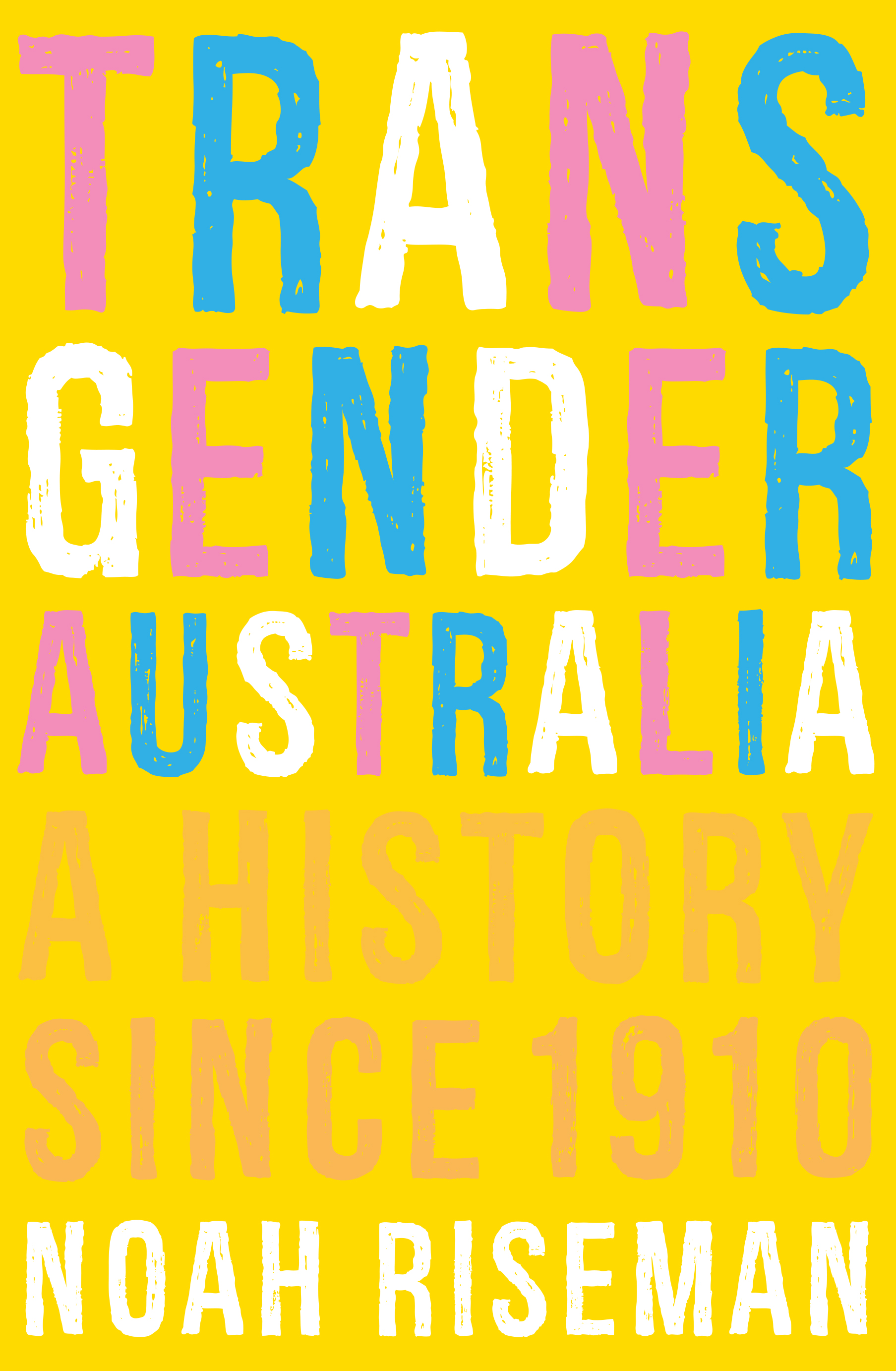
- Free Article: No
- Contents Category: History
- Review Article: Yes
- Article Title: Sistergirl, Brotherboy
- Article Subtitle: A history of gender flux
- Online Only: No
- Custom Highlight Text:
At the first Australian Conference on Transsexualism, convened in 1979, a Dr Michael Ross declared that Australia had the highest incidence of transsexualism in the world. Whatever proportion the good doctor was observing, it must be immeasurably higher today; and yet until now there has been no formal history of gender-diverse Australians.
- Featured Image (400px * 250px):

- Alt Tag (Featured Image): Jack Nicholls reviews 'Transgender Australia: A history since 1910' by Noah Riseman
- Book 1 Title: Transgender Australia
- Book 1 Subtitle: A history since 1910
- Book 1 Biblio: Melbourne University Press, $40 pb, 368 pp
- Book 1 Cover Small (400 x 600):

- Book 1 Cover (800 x 1200):

Riseman chooses as his starting point 1910, the year German sexologist Magnus Hirschfeld pathologised gender non-conformists in his book Transvestites: The erotic drive to cross-dress (1910). From this moment, gender non-conformity was linked to sexual deviance, and what was often seen as a lark or adventure in the frontier days was now stamped as perversion.
With Australian law enforcement literally policing the gender binary, Riseman’s early chapters lean heavily on court records and sensationalist newspaper accounts. They offer a biased – but fascinating – glimpse into a world of secrecy and shame, but one where those in the know could attend underground ballroom parties that were, in the approving words of one 1940s regular, ‘frequented by perverts and their associates’.
American GI Christine Jorgensen challenged this culture of secrecy with her very public medical transition in 1952. ‘Transsexual’ entered the lexicon. Australia was no laggard in this burgeoning field, and Riseman shows how transgender Australians then became subject to the discourse of modern medicine. In Melbourne, the psychiatrist Dr Herbert Bower began treating trans patients from 1951 and, astonishingly, was still doing so when I entered his rooms fifty years later.
But the middle-class respectability strived for by Christine Jorgensen was out of reach for most Australian trans women, for whom a lack of economic opportunity led many to become showgirls or sex workers in the 1970s. Here, the varied voices of Noah’s interviewees recount their fight for legal recognition from recalcitrant governments. Trans men, too often ignored, are well served by this sifting of detail.
Riseman began his academic career with a study of First Nations soldiers, and he takes a step out of his chronology to address Australia’s parallel traditions of gender variance. So much of the Western transgender experience is a battle over externals: how we look, how we speak, how we keep up on the never-ending treadmill of gender performance. It is a refreshing contrast, then, to read about Sistergirls and Brotherboys, who emphasise internal identity.
Not that there was much cross-cultural support between trans Australians of colour and their white counterparts. Riseman observes: ‘Trans individuals and groups who adhered to white, middle-class values and ideas of respectability tended to exclude those who did not fit those norms – including, often, Blak, indigenous and people of colour.’
This recurring conflict between respectability and countercultural politics is the most fascinating strand of his history. If the 1990s debates between the Transgender Liberation Coalition and the Transsexual Action Group are reminiscent of the squabbling between Monty Python’s People’s Front of Judea and the Judean People’s Front, they illustrate Riseman’s point that ‘much of transgender history has been about the tensions between those advocating for a more gender-pluralist approach and those who were wedded to existing … understandings of gender’.
However, these internecine debates pass frustratingly fleetingly. I understand Riseman, a cis man, not wanting to platform views he may find abhorrent, but a clear voice from the anti-transgender LGBT scene would have put this era into perspective. What happened to the anti-trans queer voices of the 1990s, and do they hold the same positions today?
At the turn of millennium, the book caught up to my own era. Here I was shaken to find anecdotes exactly matching my own experiences – criticism from doctors about my insufficiently feminine fashion and endless questions about my genitalia. At the time I had assumed this was how it always was – it is the great value of this book that I can see my own life in historical perspective; that I had the misfortune to throw myself on the mercy of a medical profession at the exact moment it was doubling-down on gatekeeping to stave off legal attacks.
As I read Transgender Australia, I felt an author both in command of his material and uncertain of his responsibility. As his sources multiply, Riseman gets bogged down in the details. Chapters that exhaustively recount the policy debates across eight states and territories are good history but a slog for the reader. The book is a mosaic in close-up that could have benefited from a broader view of Australian cultural evolution.
In his final chapter, Riseman charts the incredible progress of the twenty-first century and does a brave job distilling the backlash that has, in his reading, targeted trans people since the gay marriage plebiscite brought gay and lesbian people safely into the mainstream. Yet if this book tells us anything, it is that This Too Shall Pass. Human gender roles, laws, culture, they are always in flux. For that reminder, I thank Noah Riseman. His book has given trans Australians what we have hitherto lacked – the historical context of our own existence.


Comments powered by CComment